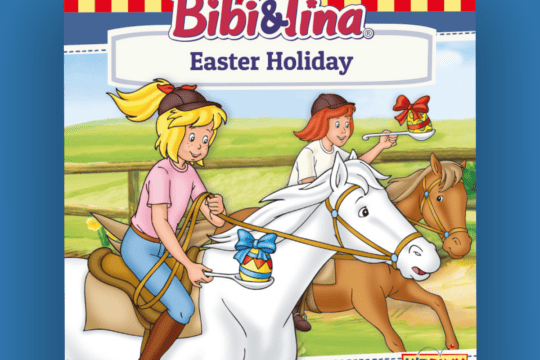
HomePony Know HowRiding TipsJumpingHow to ride a course with Robert Whitaker
-
Pony Care Tips
Learn everything you need to know about caring for your fave pony. From feeding and grooming to mucking out – we have it all here!
-
Riding Tips
Improve your riding with our fab articles! Whether it's building your confidence, riding shapes, or jumping spreads that you need tips on, we have something for every rider.
Latest News
How to ride a course with Robert Whitaker
Posted in Jumping
Top showjumper Robert Whitaker reveals his tips on how to jump a successful round. Check it out!
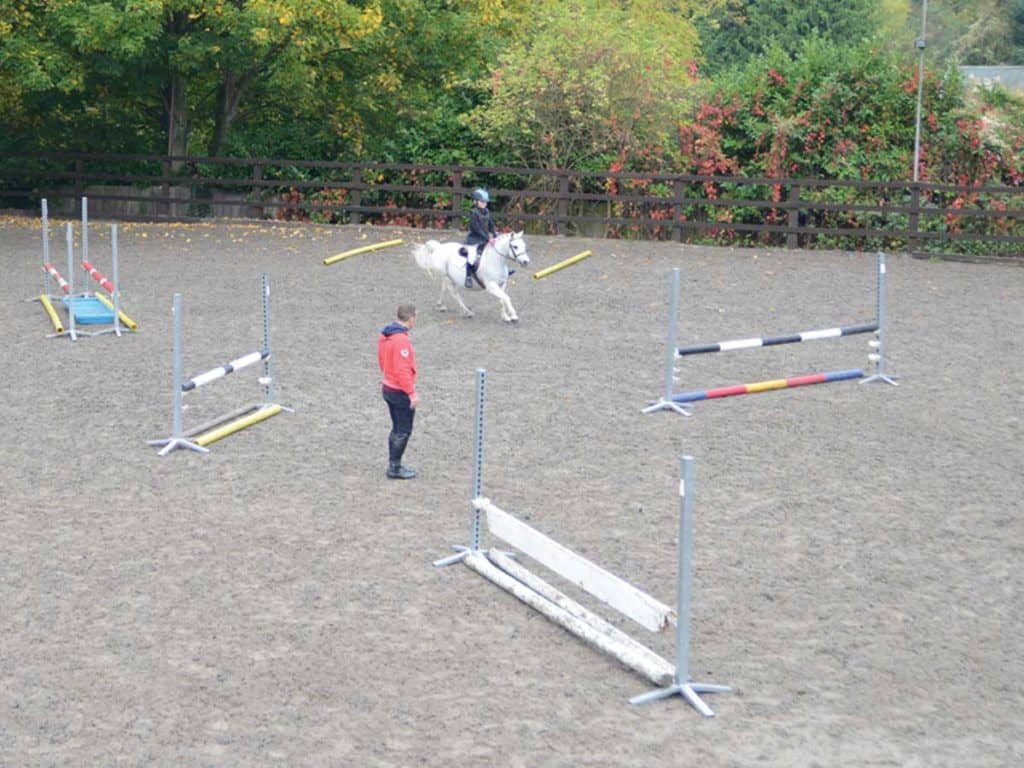
How to warm up for jumping
It’s really important to warm up your pony before you do any activity, but especially jumping. The aim is to get his muscles warm, loose and relaxed, get him listening to you and responding to your aids. If you warm up your pony well, you’re much more likely to jump a successful round.
Before you jump…
- ask for a more forward canter. Once you’ve cantered on each rein, ask your pony to extend his strides slightly so he moves forwards. A stronger canter is better for riding a course.
- perfect your balance. Keep your weight pushed down into your heels as this will help you maintain a good balance.
- check your position. Make sure all elements of your position are correct and you’re secure in the saddle before you start jumping. Your feet and lower leg are particularly important, because if they’re not in the correct place, you’ll lose strength through your body.
Warm-up exercises
Exercise 1
Place a pole on the ground at A, E, C or B and canter over it on a 20-metre circle. Using the pole will help you practise judging when your pony will take off for a fence.
Look towards the pole as you come round the circle to give yourself time to prepare your line. Keep your pony’s canter in an even rhythm on the circle and maintain impulsion to the pole – don’t let him break into trot. Aim to canter over the centre of the pole and ride on after.
Top tip – If your pony changes canter lead over the pole or lands on the wrong leg after a fence, bring him back to trot and ask for canter again.
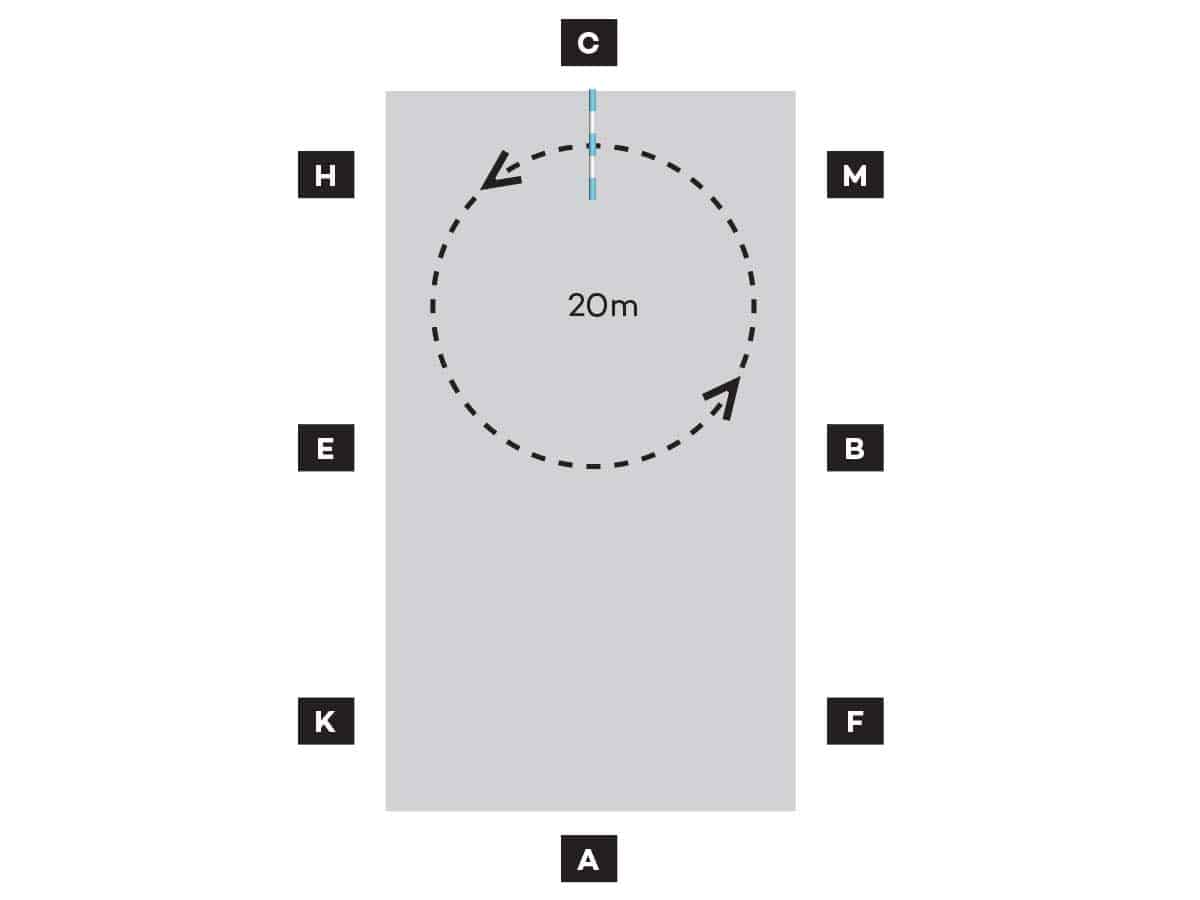
Exercise 2
Always start by jumping a small cross-pole first, as they help you and your pony aim for the centre of the fence. Approach in a forward canter on a straight line and aim to maintain it. Ask a bit more of him when you’re about four or five strides away from the fence by squeezing with your legs to keep the impulsion.
Top tip – Jump the cross-pole off both reins and in both directions.
Robert’s course riding toolkit
Practise these essential basics each time you jump a course at home so they’ll be second nature by the time you get to a competition.
- Keep straight – Riding a straight line on the approach and away from a fence is really important. A straight approach gives your pony time to understand what you’re asking him to do and he’ll be more likely to produce a good, clean jump than if you approach on an angle. Riding away from a fence straight helps keep your pony balanced and prepares him for the next fence.
- Use your arena – It’s easy to not ride into the corners or turn too tightly, but this can cause you to miss turns which could land you in trouble in the ring! Always get straight before each fence – it’ll make the job easier for your pony.
- Look for your next fence – It’s really important to look for your next fence as you land from the last. This way, your attention will be on the next fence straightaway and you can ride your line effectively. Your pony can pick up on even very small body movements, so he’ll sense the direction you’re looking in and be ready to turn that way when you ask him to.
- Balance your pony – Keeping your pony in balance, especially around corners, is important so it’s easier for him to stay in an even canter. If he does begin to lose balance, doing a few half-halts should help, or bring him back to trot, ride a circle and ask for canter again.
- Keep your rhythm – Maintaining a rhythm around the course makes it much easier for you to judge when your pony will take off for each fence and will make your round much smoother. Also, judging how many strides he’ll take between combinations and related distances will be easier and more accurate when he’s in an even, steady rhythm.
- Keep a strong canter – Your pony needs enough impulsion to clear the fences and cover the ground in between the fences, where it’s common for some ponies to lose energy. Get the canter you want before starting your course and count the rhythm of his hoofbeats – one, two, three, one, two, three – in your head. Then, at a few points round your course, check that his hoofbeats are still the same and haven’t slowed. If they have, encourage him forwards by squeezing with your legs.
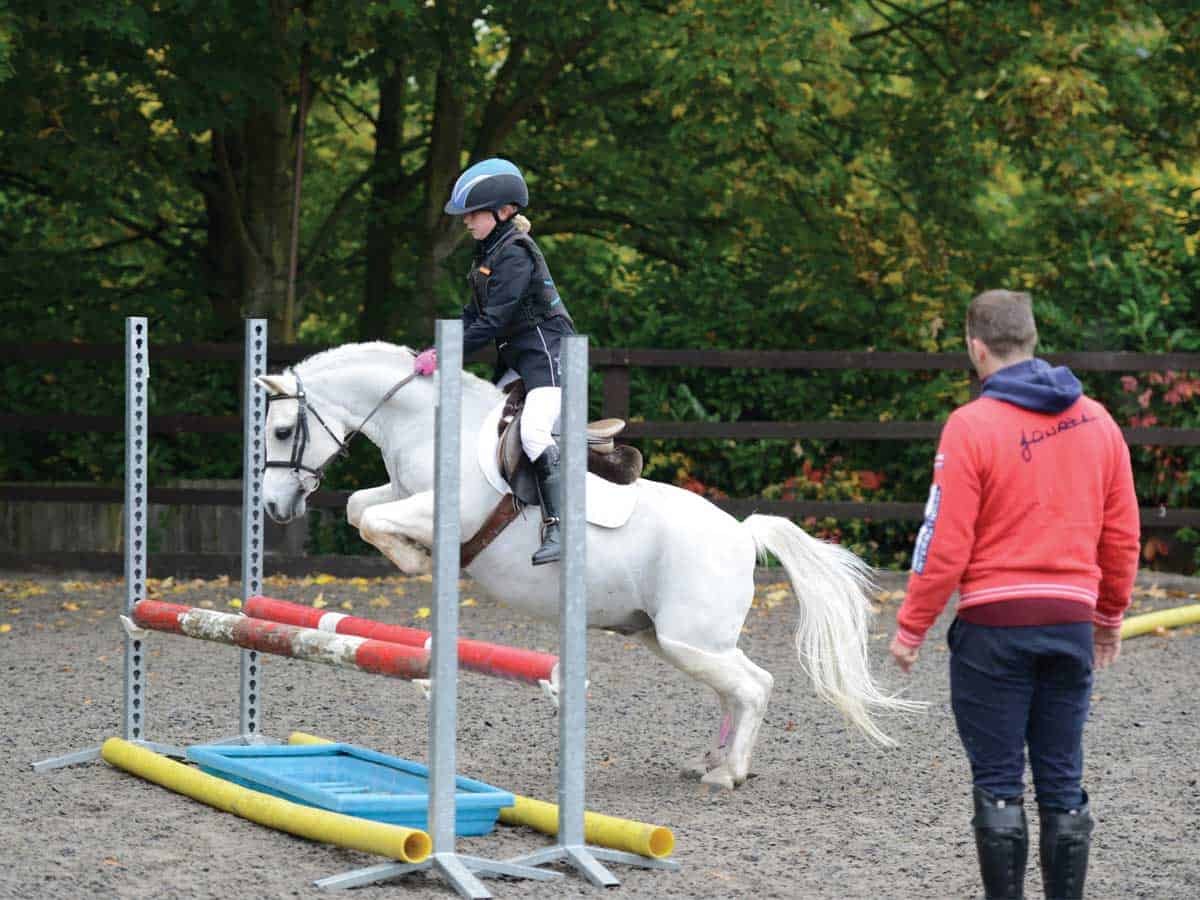
Problem-busting your jumping
Jumping courses well takes practice, so it’s normal to experience a few issues along the way. Here are some common jumping problems and how to solve them…
- Cutting corners – As ponies tend to be pretty nippy and agile, it’s easy to let them get away with cutting corners as it doesn’t affect the rhythm of their canter the same way it would for a bigger, long-striding horse. Although being able to whizz round corners is a handy jump-off skill, it shouldn’t be practised in your everyday training, because it encourages you and your pony not to use the space and to approach fences on an angle, which can lead to other issues, such as refusals and run-outs.
- Refusals – Refusals can happen when your pony doesn’t have enough time to assess a fence and understand what you’re asking of him, or when he doesn’t have enough impulsion to clear it. If you approach fences straight and in a confident canter, you’re giving your pony all the aids to tell him you want him to jump the fence.
- Run-outs – Wonky approaches are often the problem here. For example, cutting the corner will make the line to your next fence wonky, making it easy for your pony to carry on straight past the fence or run around it at the last minute. If you have trouble staying straight to fences, keep your line and close your legs around your pony’s sides. Keep your reins even on either side of his neck, too, as this will act as a channel to help keep him straight.
Top tip – Use your aids to make sure your pony goes where you want him to go, not where he wants to go.


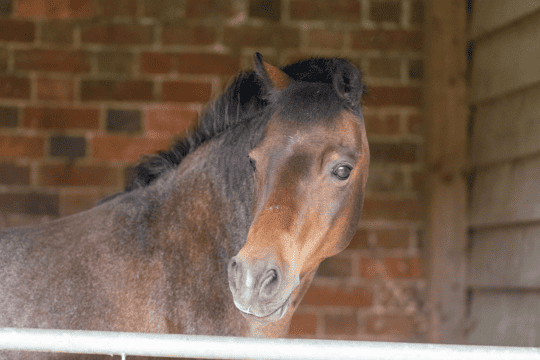
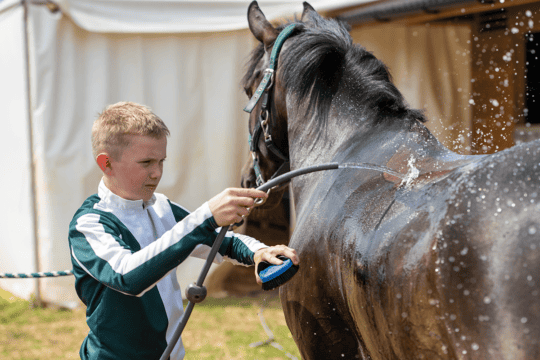

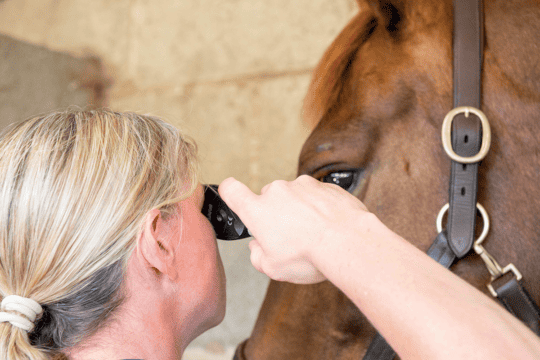








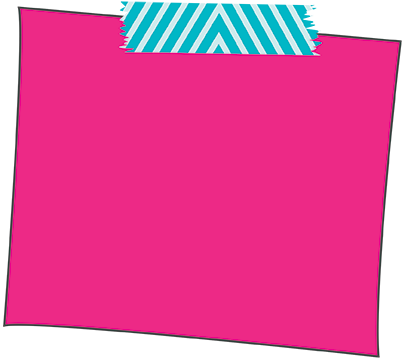







Leave a Reply
You must be logged in to post a comment.